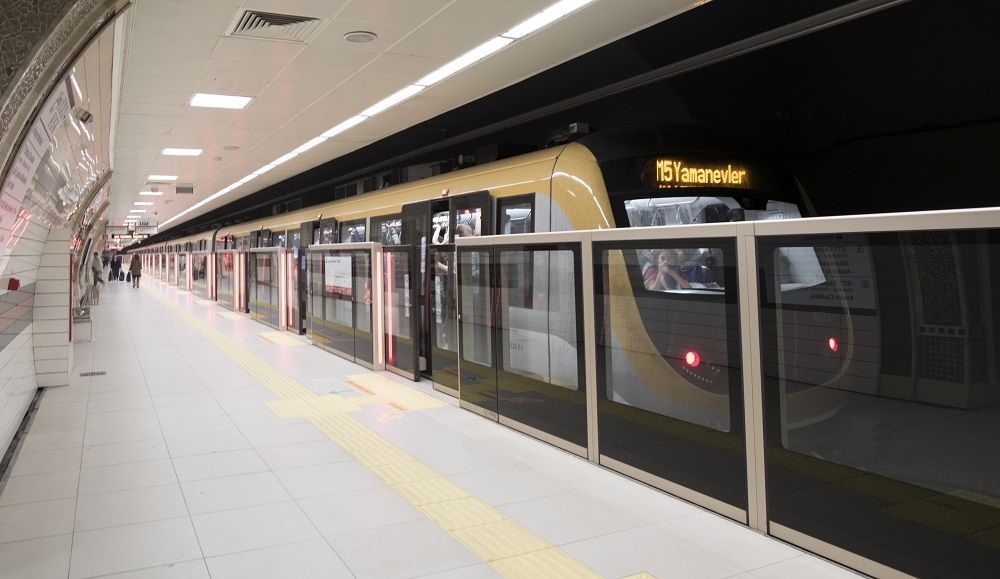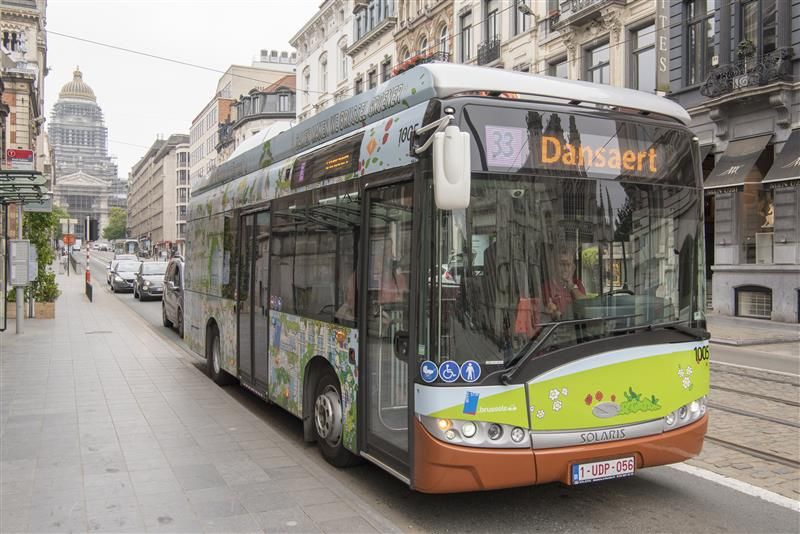

Blog: The Future of Data Sharing Contractual Setting in the Context of Mobility as a Service
Mobility as a Service (MaaS)
Over 30 years of research on competition and ownership in land passenger transport (through the Thredbo series) has revealed the cyclical nature in the appetite for public and private initiative (competition in or for the market) in market arbitration—a concept we refer to as ‘regulatory cycles’ (Gwilliam, 2008), as the inadequacies of one regime are quickly replaced by the shortcomings of another. “The grass is greener on the other side” is another apt description of this phenomenon.
What we have seen in recent years is an increasing desire for a hybrid model which brings together the best of a contracted regime with the benefits and incentives inherent under economic deregulation (Wong and Hensher, 2018). Whilst present contracts are narrow, area-specific, output-based arrangements to deliver kilometres on defined vehicles types (e.g., buses), future contracts may evolve to become broader, mode-agnostic, outcome-based mobility contract offerings where a broker/aggregator has the flexibility to deliver accessibility using any vehicle of their choosing (Hensher, 2017)—linked to how we see mobility as a service (MaaS) being implemented. A mix of new players will enter the market (e.g., TNCs, technology providers and financial enterprise) and enormous challenges emerge in terms of how data is shared and the end user protected.
In a mode-agnostic, on-demand environment there will be less need for rigid key performance indicators like on-time running, excess dwell time or headway regularity. Rather than service-specific measures, we will need measures of access, collected at theindividuallevel and covering both users and non-users. This might be stipulated in (for instance)Xproportion of residents receiving transport service withinYminutes, forZhours of the day. MaaS operators will be held accountable forpotentialservice and a social safety net defined linked to accessibility—with possible subsidies supporting top-up accessibility or non-commercial services. Any actual service must be remunerated based on accessibility delivered—not just carrying fresh air. The data items are more complex to gather, report, monitor and enforce, but essential in ensuring that MaaS is not a niche product for the few but a scalable proposition for the masses and a true alternative to private vehicle ownership.
But how might this vision be operationalised? For the MaaS broker/aggregator, the right to operate ought to be linked to certain conditions associated with a contracted setting but also the scope to innovate like that of an economically deregulated framework. We speak of ‘light touch’ regulation with the necessary data supplied for government to act as a monitoring agency (although this role may be outsourced to a third-party intermediary independent of government).[1]MaaS research at ITLS has found amongst the business community, preference for government to play a strategic supporting role legitimising the sector and ensuring a level playing field, rather than any heavy-handed involvement including the provision of direct financial support like subsidies (Wong et al., 2019). We find that candidate businesses do not necessarily wish to monopolise (at least initially as they test the market) and that they are happy to share as long as all competitors are playing by the same rules.
MaaS also offers itself as an opportunity to price the use of public assets like the road network, with a network efficient charge determined by a combination of distance, time, location, and modal (both spatial and temporal) efficiency built in as part of a package price—invisible to the end user. Incentives and penalties to ‘nudge’ travel behaviour are another important demand management tool possible with sufficient MaaS adoption. The challenge herein lies in different operators being able to coordinate and act as one, as well as a clearing house mechanism which operates network-wide. Data standards to allow sharing and roaming between jurisdictions are already being developed by actors like MaaS Alliance who are taking a lead role as the peak industry body for the sector. There are further parallels in this intermediary model to the retail industry in the form of barcodes defined by GS1 standards, covering virtually every product on Earth, and allowing the fast and easy querying of supply chains around the world.
Any discussion on data sharing must not be removed from its institutional context. As a final note, what is often missing amidst the data sharing debate is clarity in the purpose of data being shared:[2]
- For government, this could be the need to regulate and prevent market failure, ensure information symmetry, as well as to maintain and optimise public assets.
- For private enterprise, it is the opportunity to pursue new business opportunities with the assurance that there will be no unfair competition or predatory behaviour.
- For the community, it is better service for less cost—the quintessential human right and freedom to be mobile. We must not neglect these higher-level objectives. Like many things, data sharing is simply a means to an end, not an end in itself.
exclusive resources












